If you've ever been curious about finding creative ways to reduce waste in the kitchen, you're in the right place.
Many of us don't realize just how much food we end up throwing out over time.
The good news is there are so many opportunities to reduce waste in the kitchen with these creative ways to use up "kitchen scraps"!
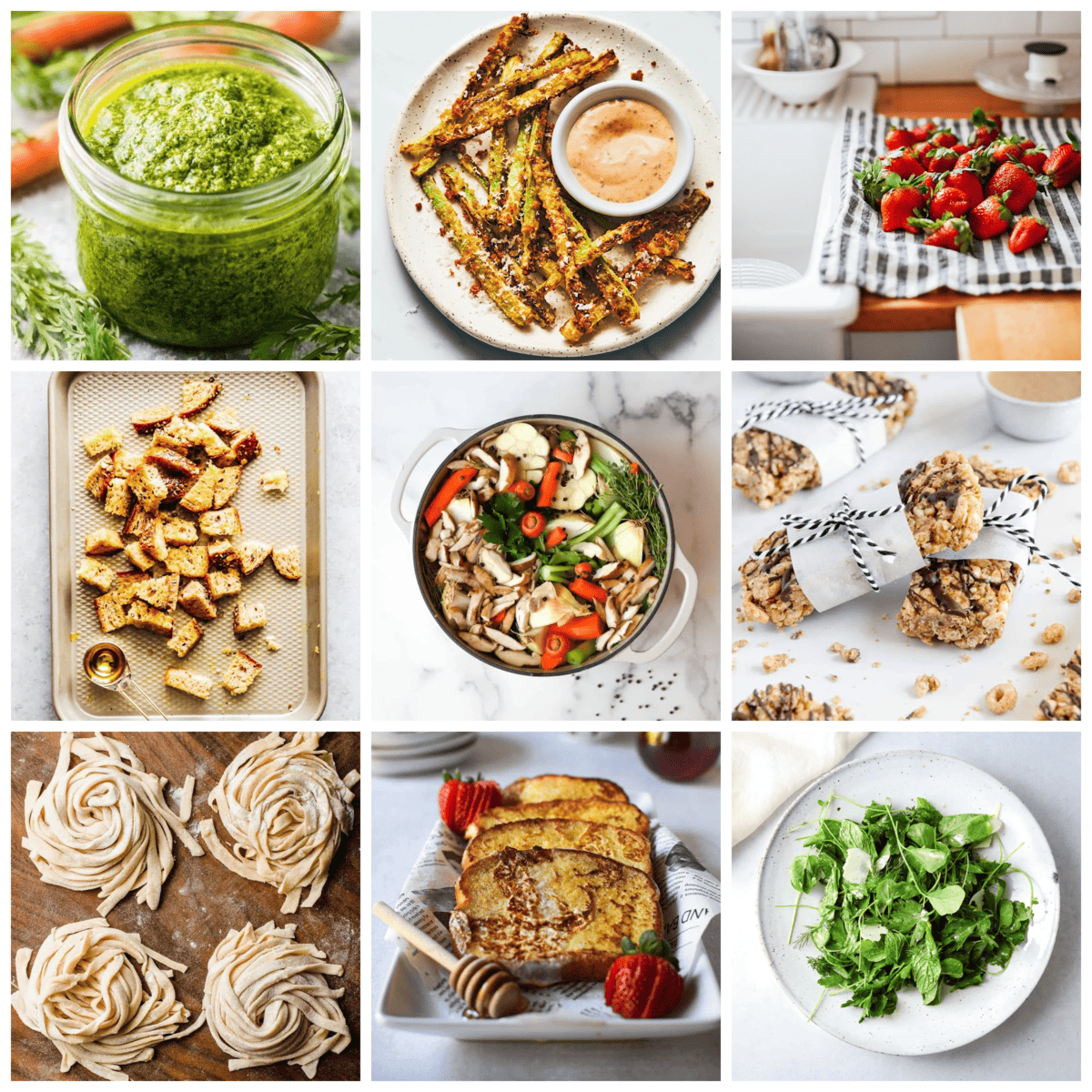
Tips to Reduce Waste in the Kitchen
#1: Grocery shop wisely
- What you bring into the kitchen has a huge impact on the amount of potential waste that is produced.
- Plan ahead what and how much you want to purchase to avoid having excess food that spoils.
- If you aren't sure if you'll use certain perishable foods, like vegetables, you can always buy them frozen or canned (they have similar nutritional value!).
- If there are options between bulk produce versus pre-packaged, try to choose bulk to reduce potential plastic waste.
- It's also helpful to make a flexible meal plan to determine what perishable foods you'll use that week, then prep them when you get home from the grocery store to make them that much easier to enjoy throughout the week.
#2: Use reusable food containers, bags and wrap
- Use reusable containers when grocery shopping for bulk items and reusable produce bags for fruits and veggies.
- Same goes for grocery bags -- stock up on a few to bring with you to the store (Pro Tip: Keep a few handy in your car so you don't forget!)
- In the kitchen, it's helpful to have sturdy reusable food containers available for a variety of things, including storing food.
- There are tons of options out there including silicone bags that can be used in place of zip-lock bags and are great for freezing foods, too!
- Bee's wrap is also another awesome option for sandwiches, covering food bowls, or any food items like cheese, vegetables and baked goods.
- I personally love reusable glass containers because they last forever and are dishwasher safe.
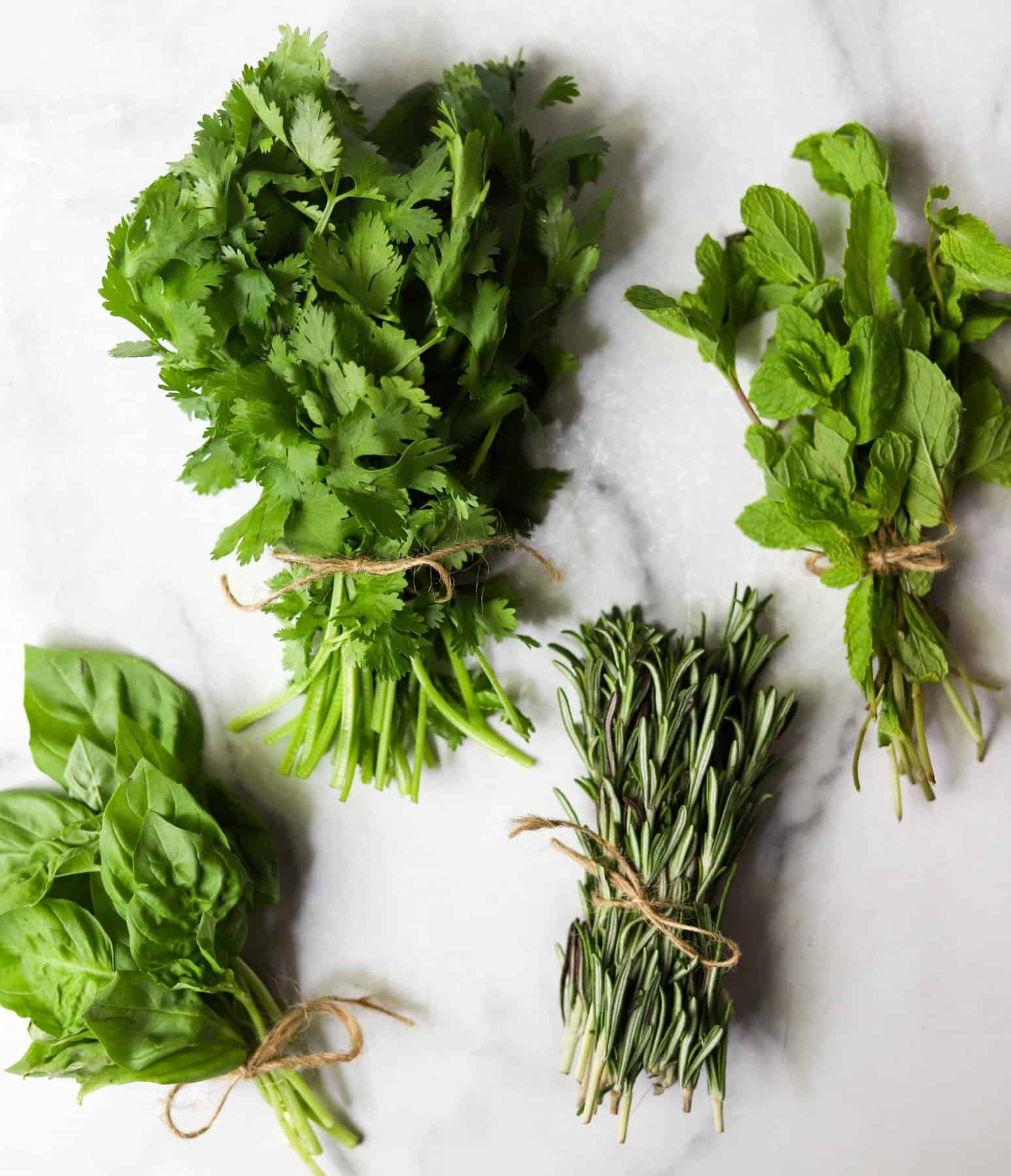
#3: Use washable cloths and towels
- Instead of using paper towels for cleaning up spills, drying your hands and wiping surfaces, invest in some simple cleaning cloths and towels.
- A few companies now make reusable cloth "paper towels" that can be rolled up similar to traditional paper towels for easy use.
- While it does take some extra washing, saving paper towels can have a positive impact on the environment over time.
#4: Get creative to use up food
- If you have leftovers that tend to end up in the garbage, find ways to incorporate them into new meals you're cooking or add some new flavor to them.
- The same goes for produce that has yet to be cooked.
- If you have trouble keeping track of what's in your refrigerator, it may be helpful to re-organize how you're storing items, take a visual inventory before cooking, or keep a list of what you have in stock.
- Also, get creative with using up your leftover herbs since they can easily be used in many different dishes, sauces, dressings, and more.
- You can also use food scraps, veggies, meat and meat bones for making your own homemade stock!
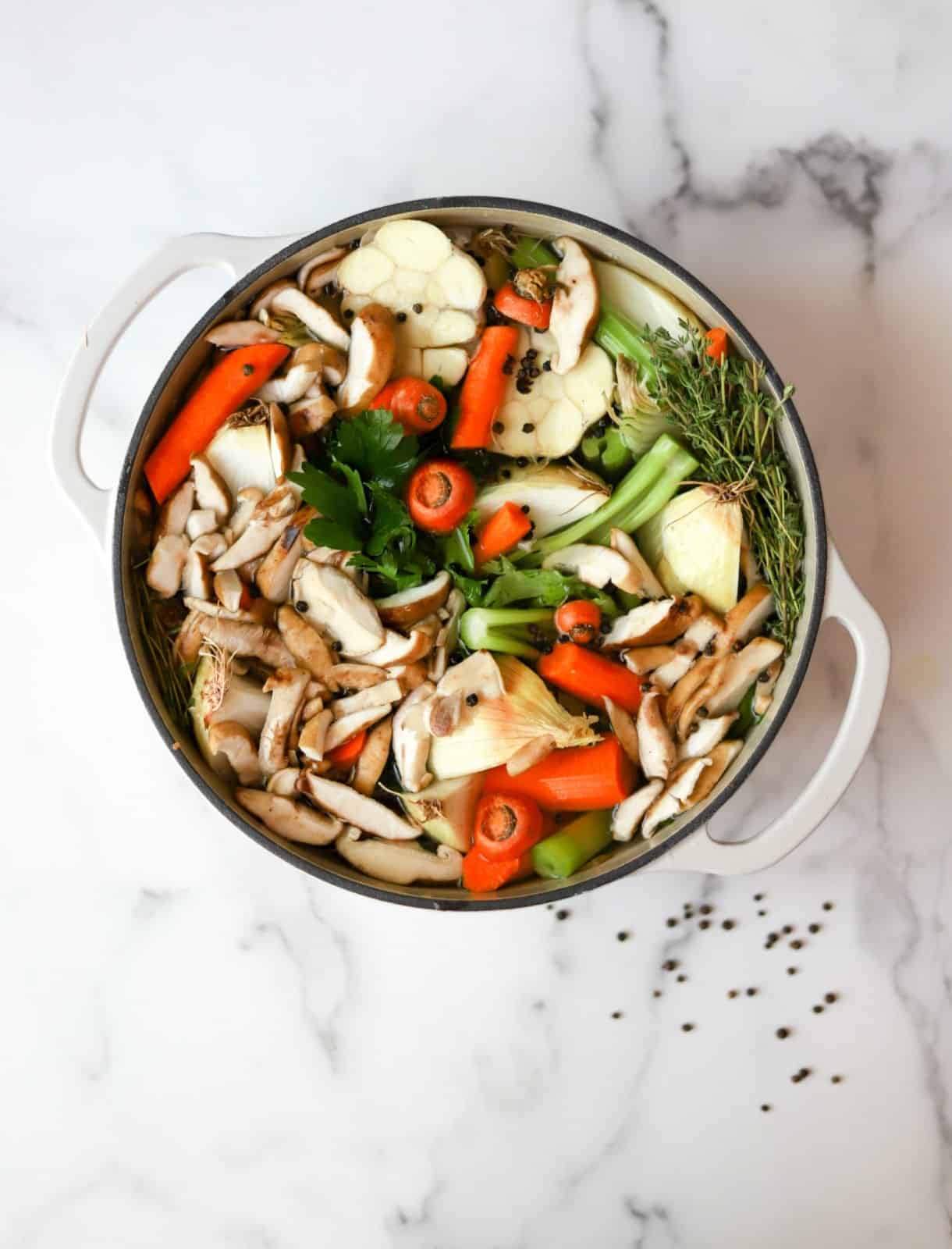
#5: Freeze or preserve extra food
- Take advantage of the amazing benefits of having a freezer - whether that's for leftover meals or freezing produce before it spoils.
- The freezer will help a TON with creative ways to reduce food waste.
- This is where those reusable freezer-safe containers can also come in handy!
- You can also use preservation techniques for some foods like pickling rhubarb and making dill pickles with cucumbers.
#6: Compost or use scraps in garden to reduce waste
- Composting at home is an awesome way to reduce food waste in the kitchen, especially for food scraps.
- If you don't already have a compost, you can either start one or you can look into composting programs within your area.
- Some places offer compost drop-offs and may even provide you with a container to help.
- If you have a garden, some kitchen scraps such as egg shells, coffee grounds, and banana and orange peels can be used as pest deterrents or fertilizers.
#7: Recycle packaging
- While buying in bulk and using your own containers is great, you'll undoubtedly have some packaged food items.
- Make sure to recycle cardboard, plastic, aluminum, glass and any other materials that can be recycled.
- If you don't have recycling pick-up, you can search for drop-off locations in your area.
- Plastics can also be a bit confusing, so if you aren't sure whether they're accepted at a facility or where to recycle them, you can always do a quick online search for your area!
- It may take a little more work up front, but once you have a system and know the how-to, it becomes second nature.

Creative Recipes to Help Reduce Waste
Make Homemade Stock
Easy Chicken Stock
This easy homemade chicken stock is made with kitchen scraps!
It may seem like making your own stock is a lot of work, but it's actually easy and requires ingredient scraps, such as onion peels, carrot stems and celery leaves.
It's a sustainable cooking practice and takes your soup recipes from great - to spectacular.
Try these other homemade stock recipes
Incorporate Leftover Ingredients Into Breakfast, Lunch and Dinner
Leftover Buttermilk French Toast
Got extra buttermilk? Just swap out your traditional milk or half-and-half with tangy buttermilk for a little kick.
This buttermilk French toast is gently spiced with vanilla and cinnamon, but the buttermilk is the real star of the show.
Add your favorite toppings, and you have an easy no-waste breakfast!
Homemade Sourdough Pasta
Learn how to make easy homemade sourdough pasta and whole wheat sourdough pasta using minimal ingredients and without the need for special equipment.
Made with an active sourdough starter or sourdough discard, this pasta can be cooked the same day or long-fermented for up to 24 hours, for optimal digestibility.
Whether you prefer a hands-on approach or the convenience of a stand mixer, this uncomplicated pasta dough recipe has got you covered!
Try these other main dish recipes
- Yuzu Ramen
- Crispy Salmon Skin Bacon
- Crab Stew - Nordic Inspired
- General Tsos Tempeh with Broccoli Stems
- Banana Peel Pulled "Pork" Sandwich
- Roasted Carrot and Pumpkin Soup with Parsley Pesto
- Carrot Greens Stir Fry
- Spring Pasta Salad
Make Side Dishes with Leftover Ingredients
Air Fryer Broccoli Fries
Don't throw out your broccoli stalks! Turn leftover broccoli stems into fries instead. These delicious broccoli fries are coated in panko and seasonings for crunch.
Cooking the broccoli in an air fryer makes these fries crispy, with barely any oil.
Herb Salad with Shaved Parmesan
This simple herb-filled salad is bursting with flavor!
Fresh mint, watercress, dill, chives, and parsley are tossed with an assertive lemon, vinaigrette then topped with shaved parmesan cheese. This salad a must-have in your recipe rotation!
Try these other side dish recipes
- Sauteed Beet Greens
- Cheese Scraps Pasta Bake
- Spiced Grilled Chicken with Cilantro Butter
- Lime and Dill Chimichurri Shrimp
Make Your Own Condiment, Dip, Dressing and Sauce Recipes
Oven Roasted Carrots with Carrot Top Pesto
Carrot Top Pesto is easy to make and super delicious.
It's the best way to use all the pretty spring carrots with the greens on top!
Try these other condiment, dip, dressing and sauce recipes
- Easy Radish Greens Pesto
- Fennel Frond Pesto
- Roasted Carrot Dip
- Carrot Tops Salad Dressing
- Garlic Scape Compound Butter
- Armenian Watermelon Rind Preserves
- Homemade Apple Cider Vinegar
- Pickled Purple Cabbage
Make Easy Snacks with Leftover Ingredients
Leftover Cereal Bars
This recipe is the best way to use any leftover cereal in the bottom of the box!
It's a nutritious, vegan and gluten-free no-bake cereal bars recipe that's easy to make and even easier to enjoy.
Easy Homemade Sourdough Croutons
Now that many of us have embraced the world of sourdough baking, I’m sure we all know what it feels like to reach the end of the week and realize that you have just the smallest amount of bread leftover.
Today, I’m here to plead with you: Please don’t toss the old bread! Instead, make some homemade croutons.
Frozen Strawberries and Blueberries
Here’s the best way to freeze strawberries (whole or cut) to enjoy all year long.
This easy process takes just 5 minutes. It’s the best way to preserve a bunch of berries in strawberry season or keep ripe strawberries you don’t plan to use from being tossed.
Try these other snack recipes
- Watermelon Pickles
- Watermelon Rind Energy Balls
- Candied Watermelon Rind
- Air Fryer Potato Skins
- Spicy Potato Peel Crisps
- Sweet Potato Skin Chips
- Healthy Banana Carrot Muffins
- Dutch Oven Beer Bread
- Maple Cinnamon Delicata Squash Seeds
- Chai Spiced Pumpkin Seeds
- Coffee Aquafaba Meringues
- Dyed Easter Eggs
- Chocolate Dipped Orange Peel
Make Fun Drinks with Leftover Ingredients
Fruit Infused Water
Infused Water Recipes will make it so easy to stay hydrate!
They are made with simple ingredients that add so much flavor.
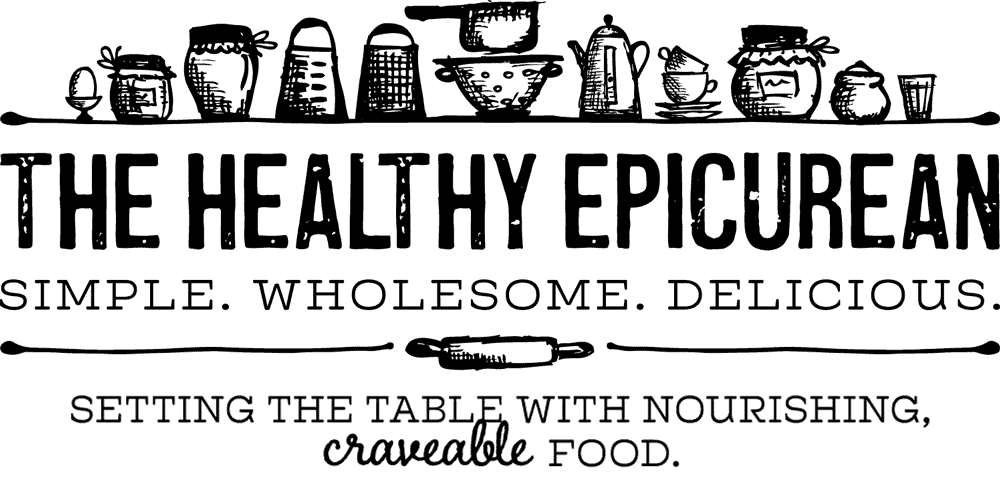
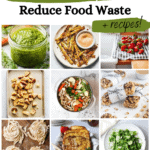
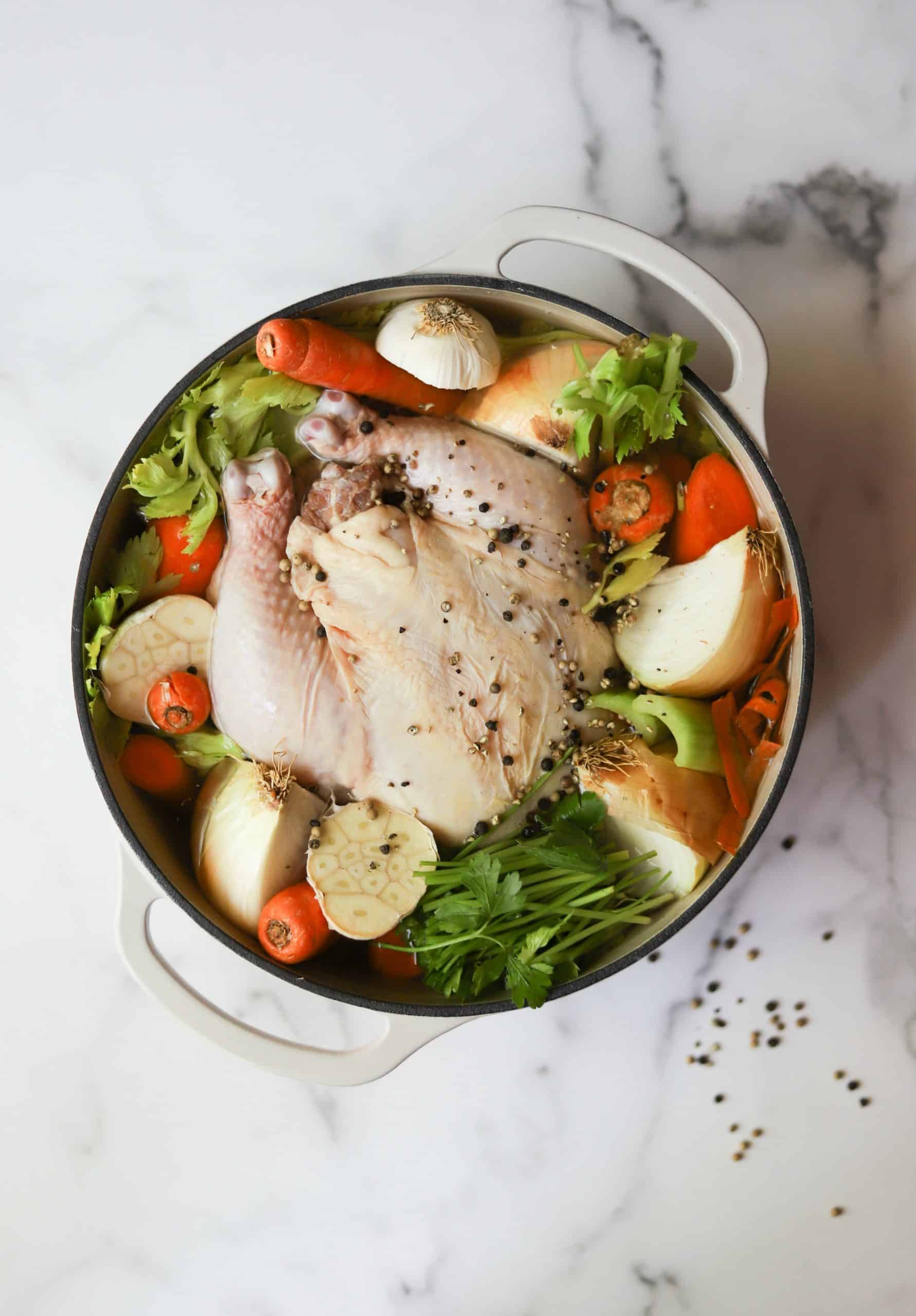
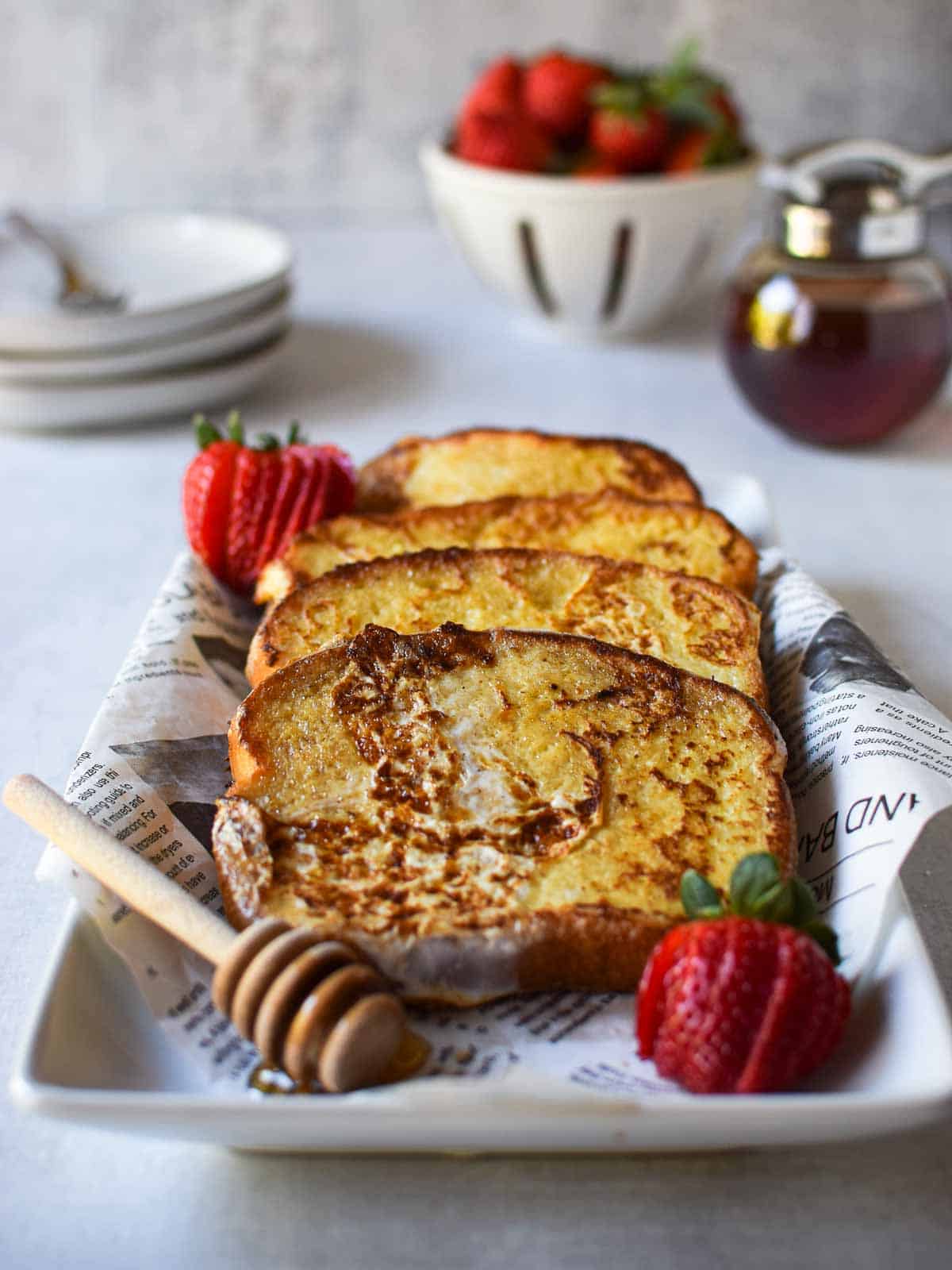
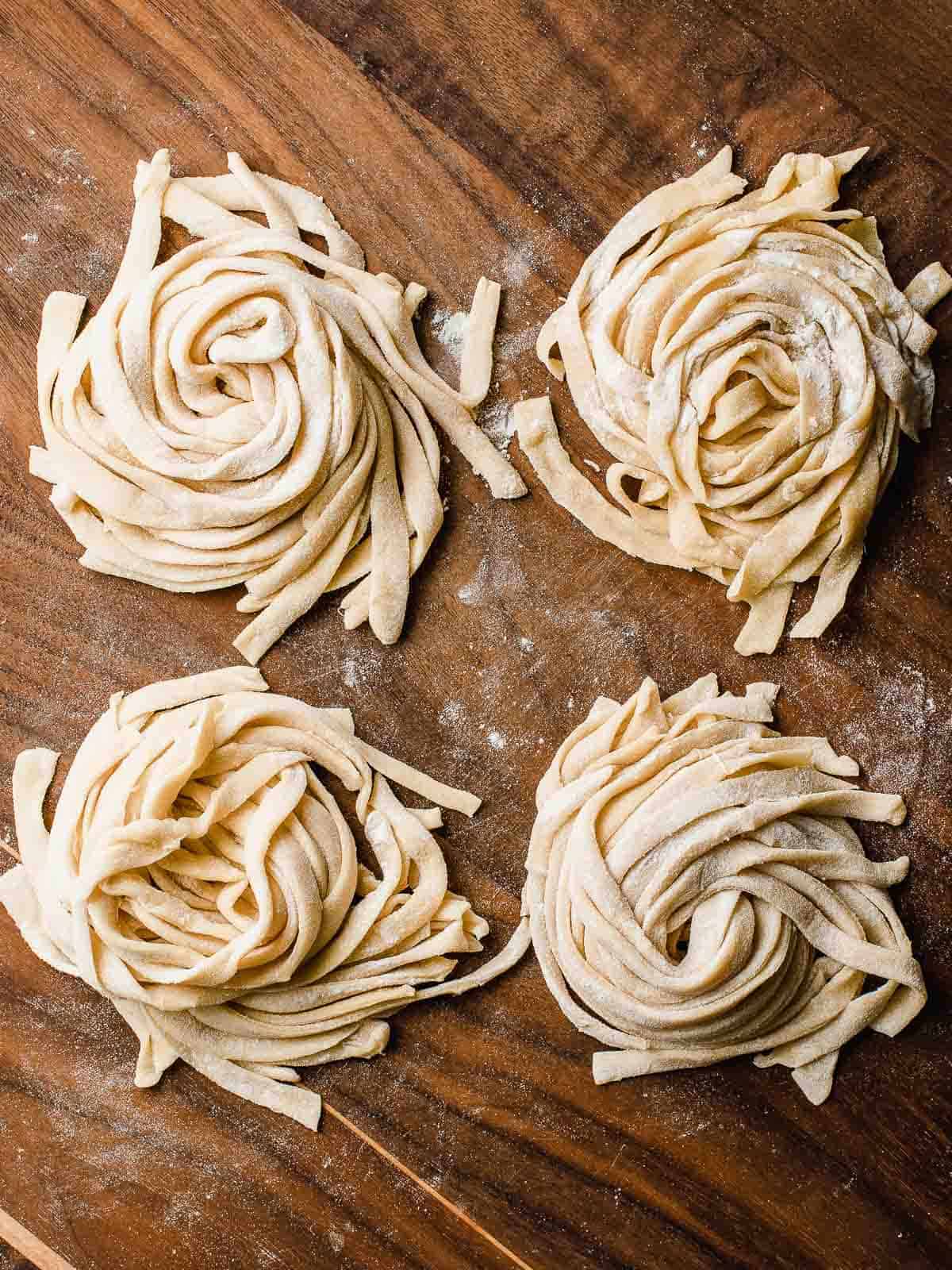
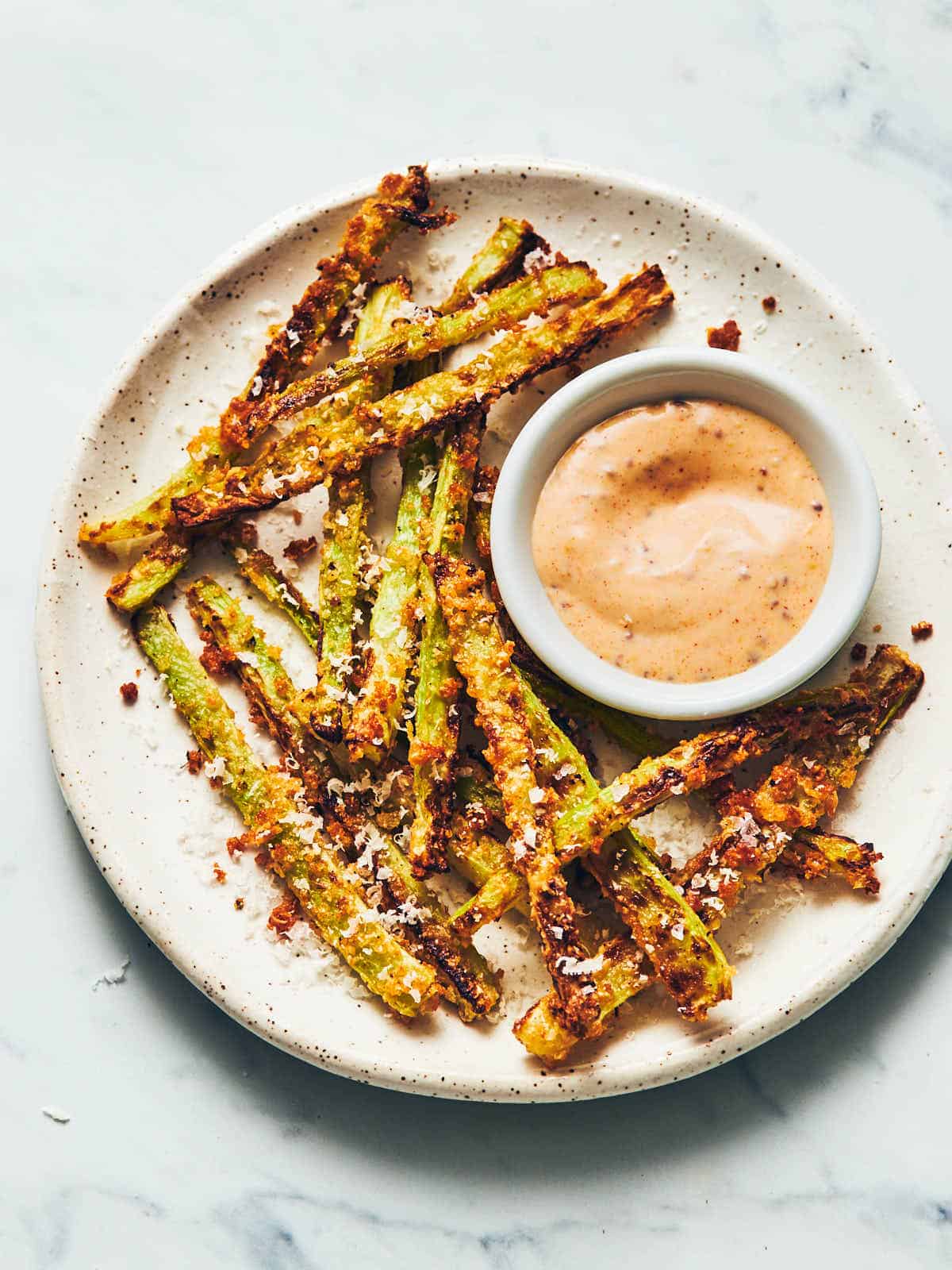
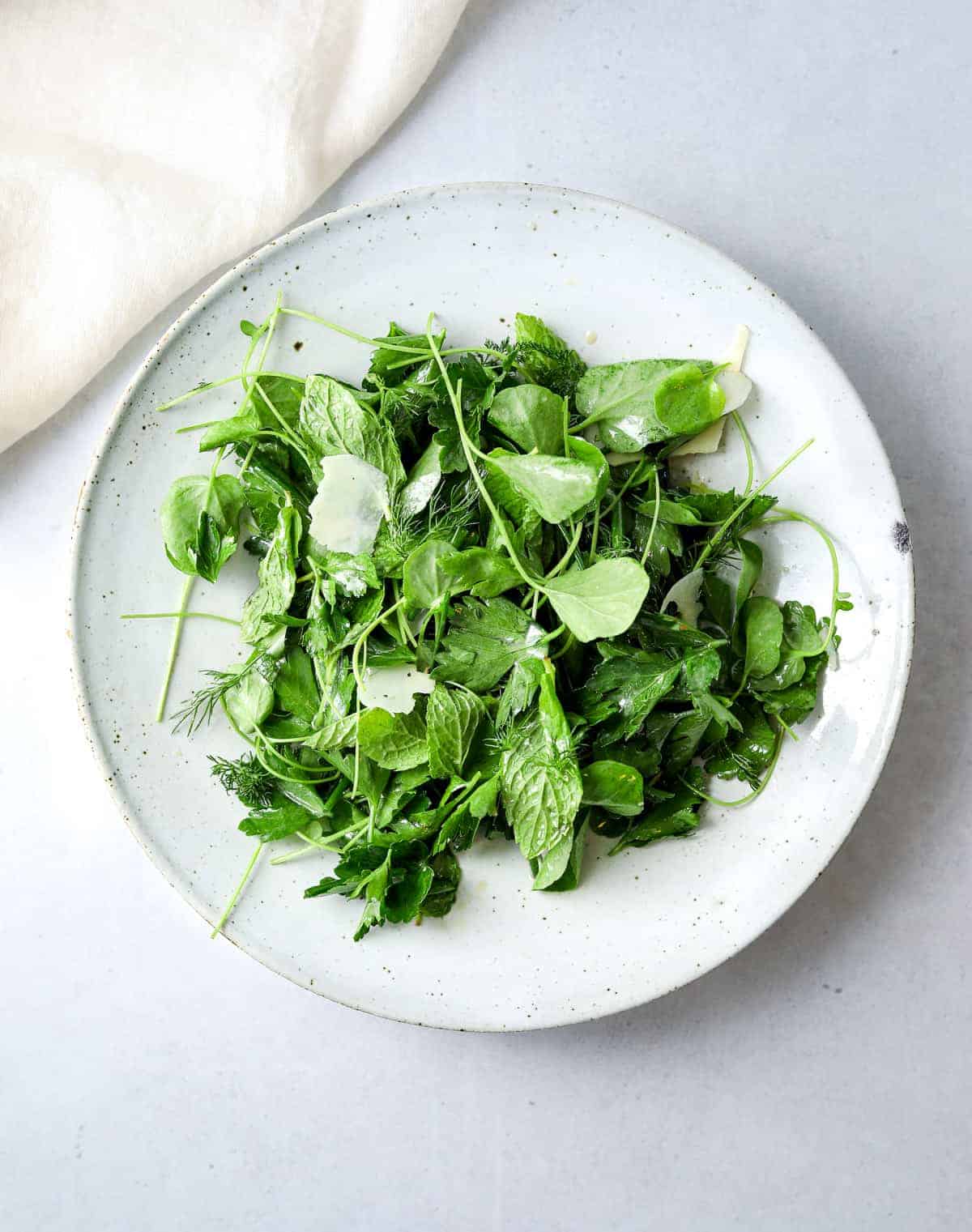
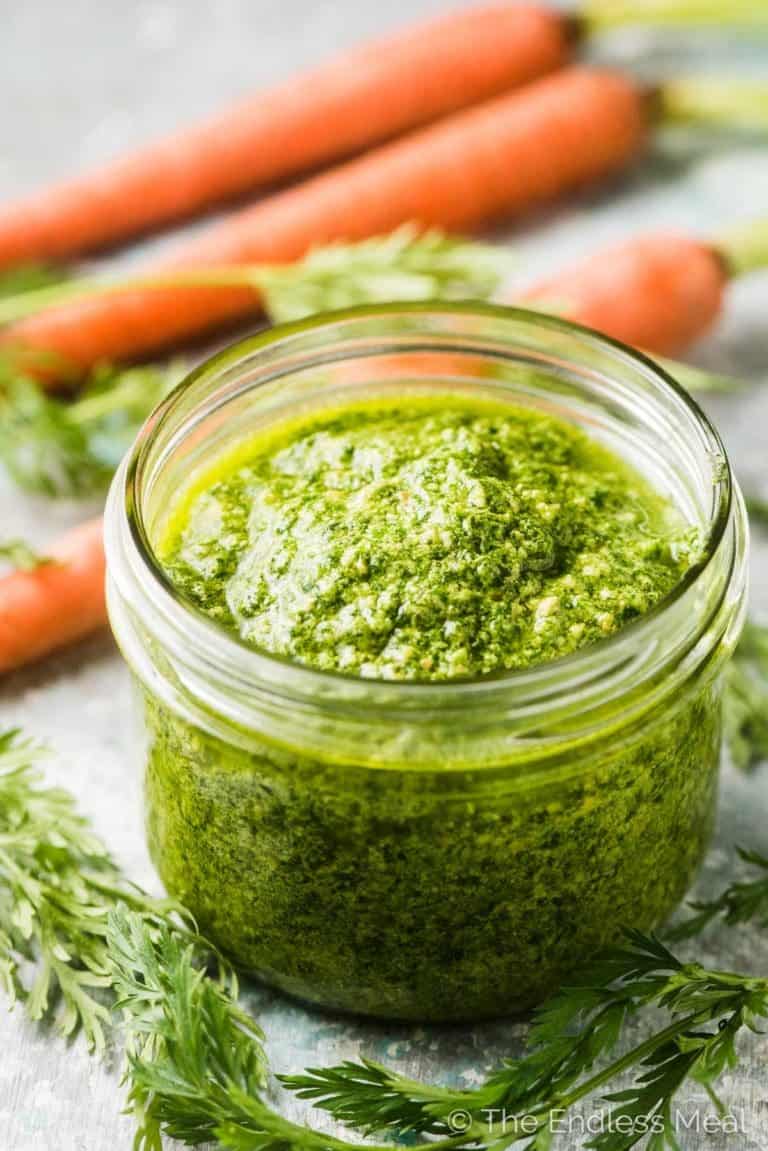
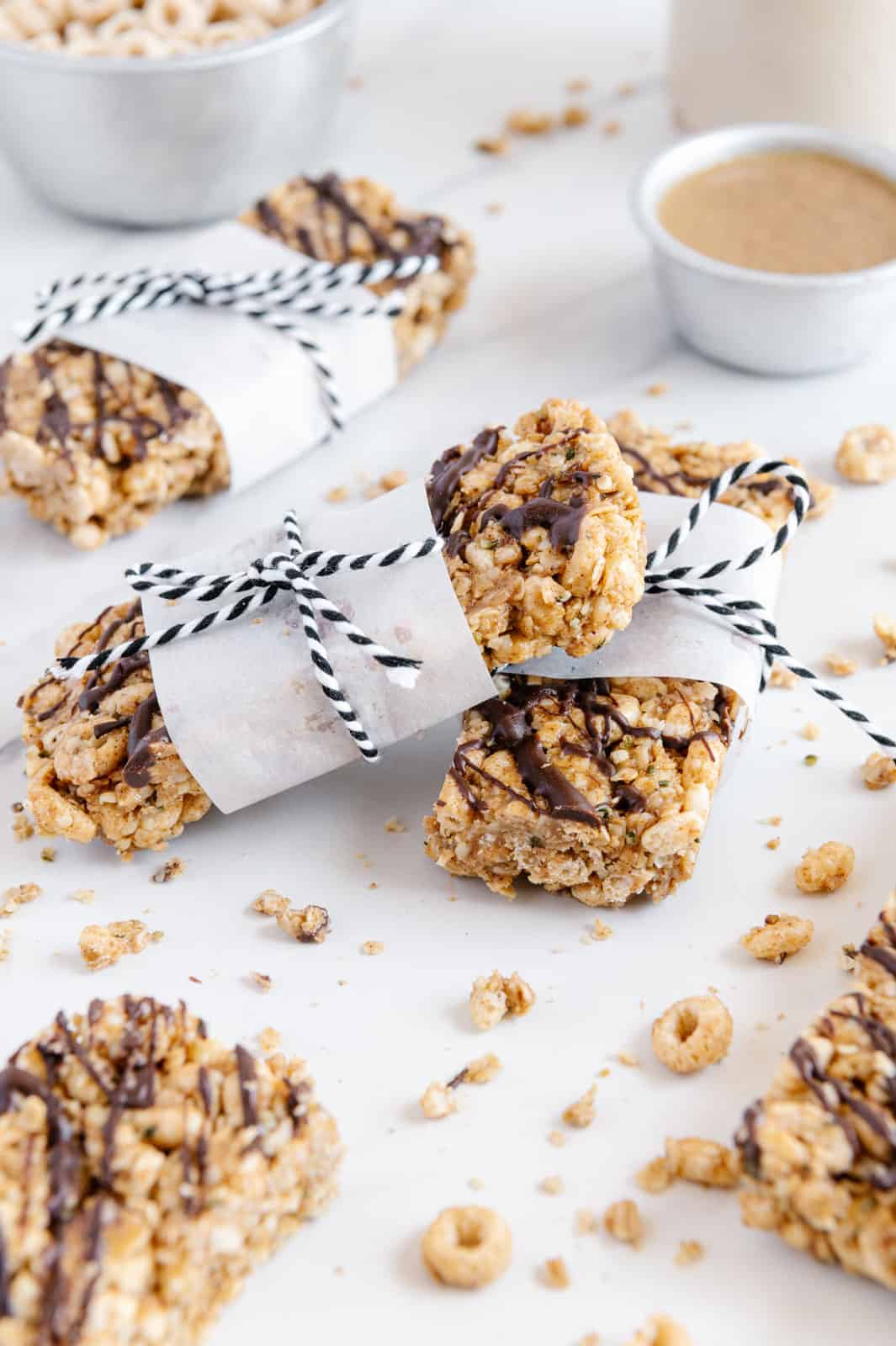
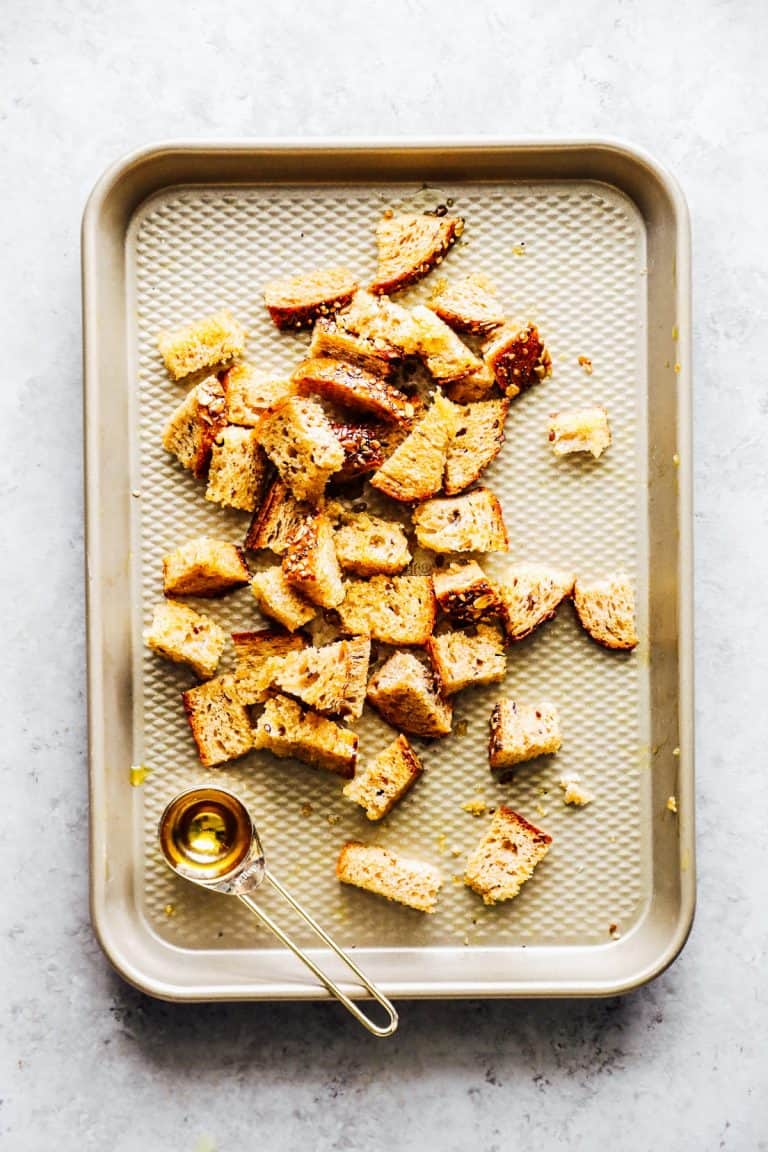
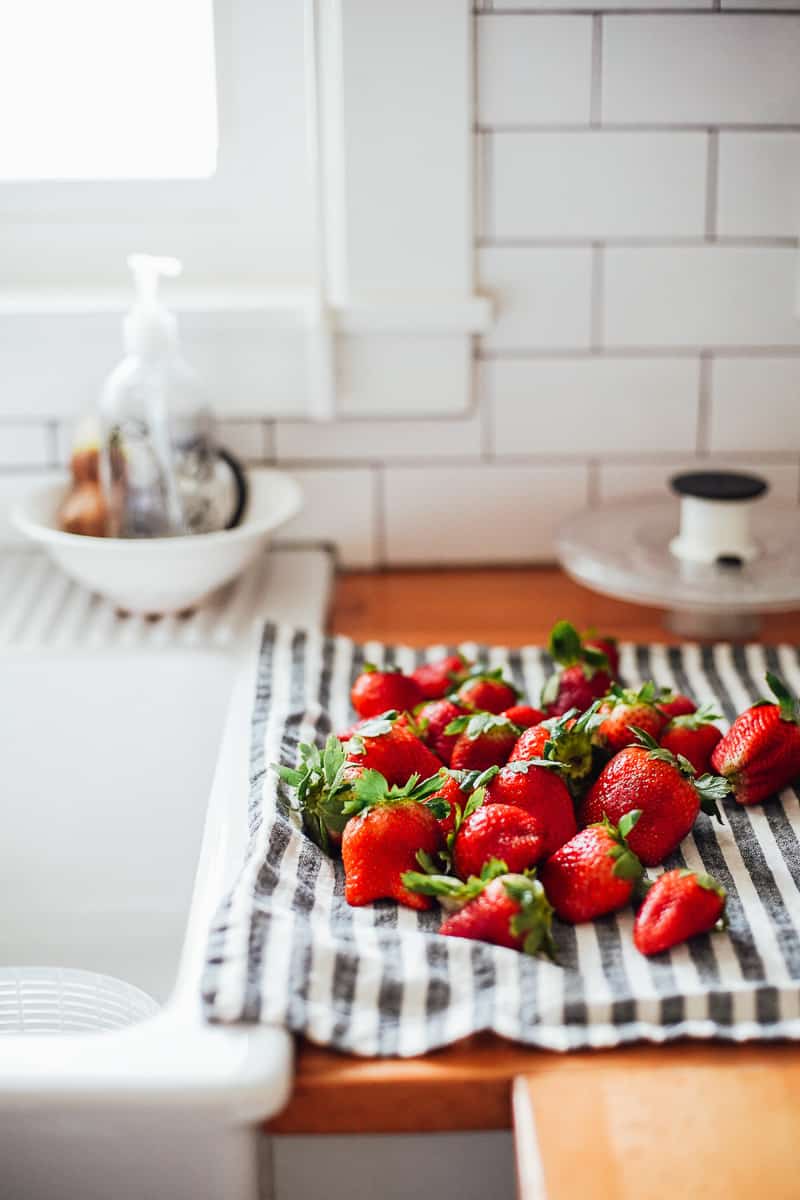
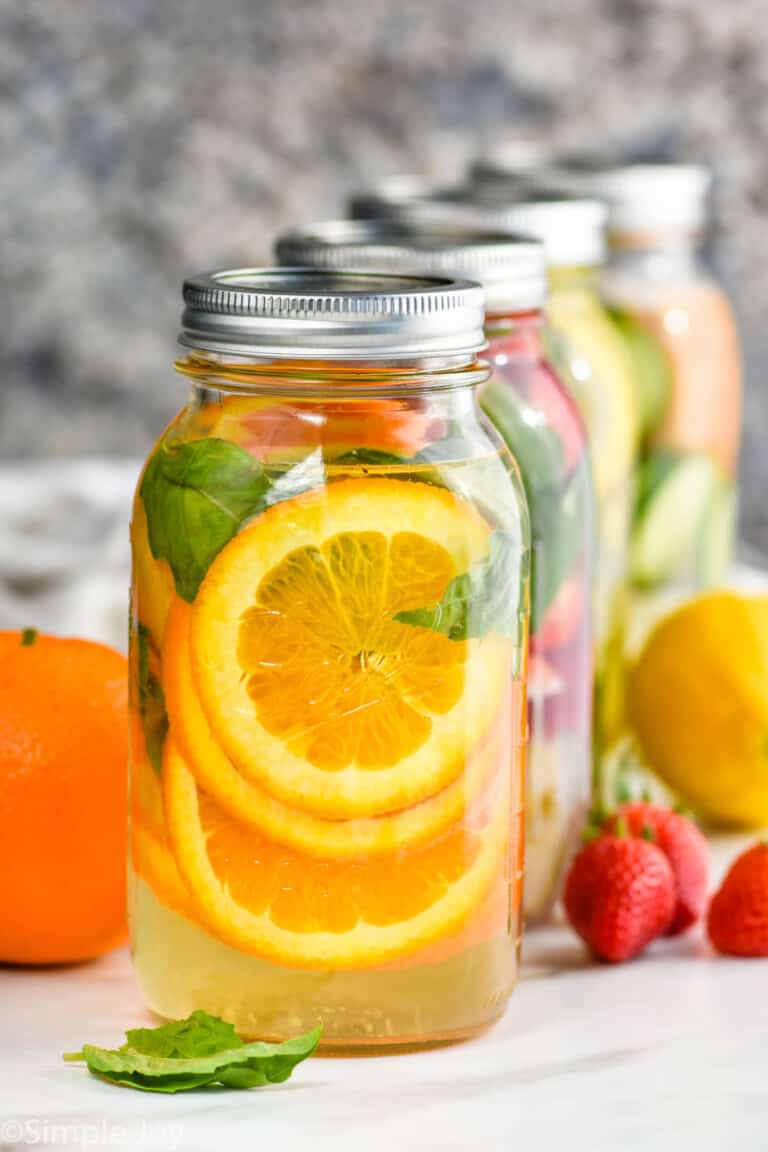
Leave a Reply